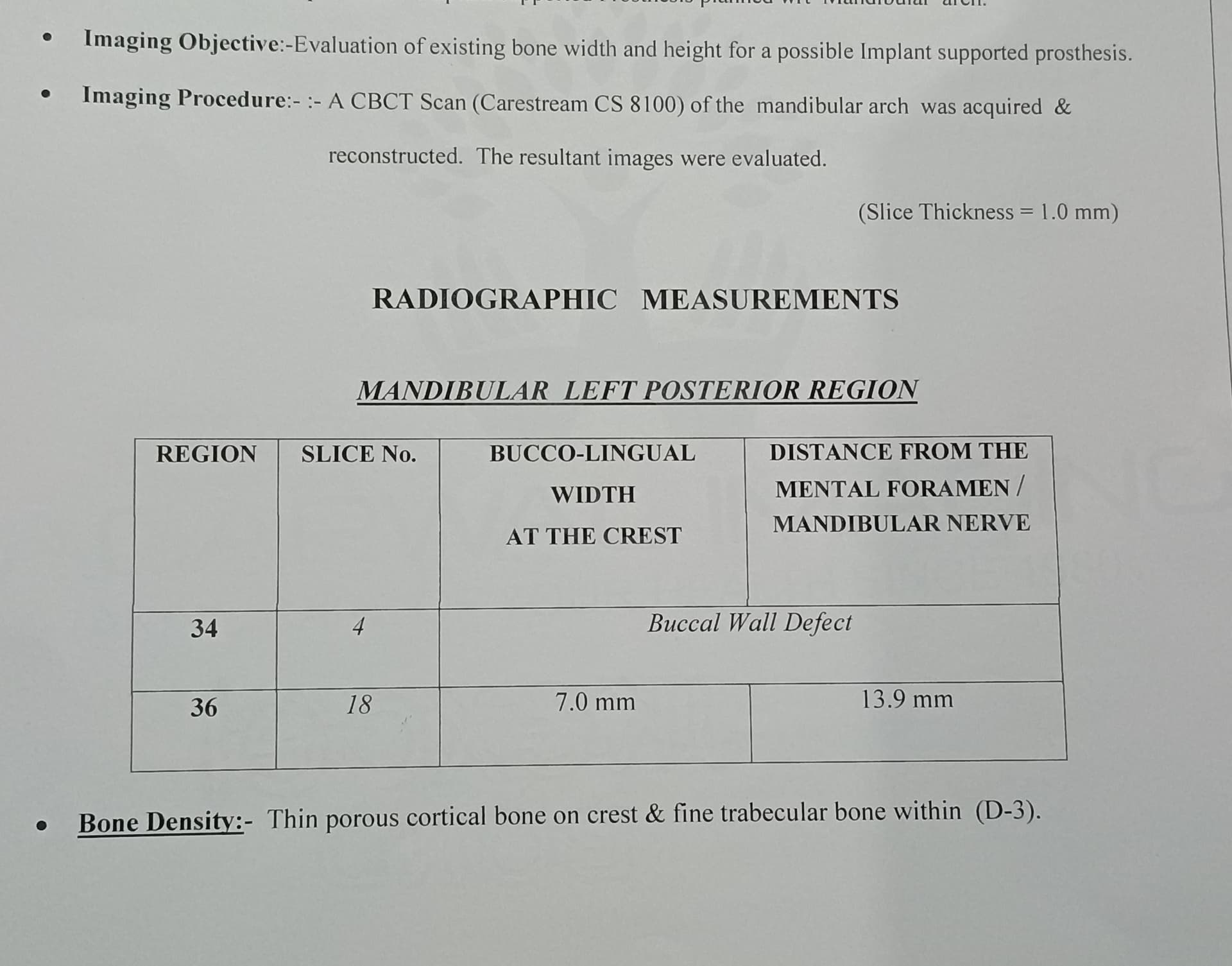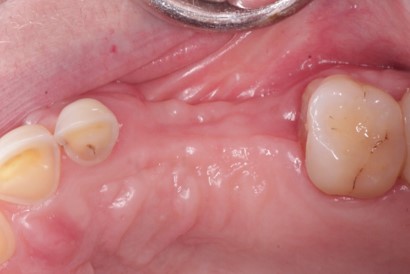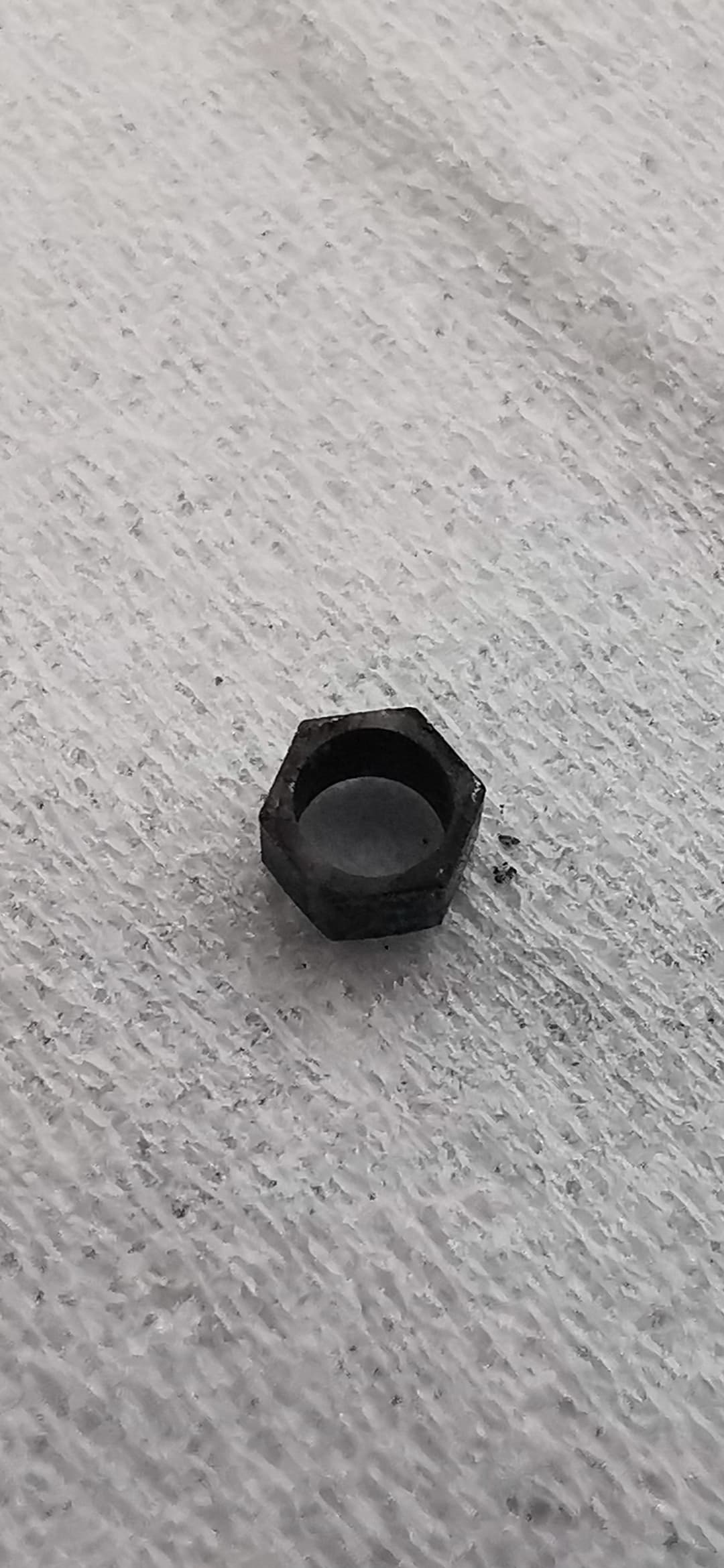Sinus lift or no sinus lift?
This pleasant 61 y.o. female patient presents to my office wishing to replace all the missing teeth. Her medical history is unremarkable. For the sake of this post, we will focus on the Maxilla only. Analysis of study models and radiographs indicates that if this lady had her posterior Maxillary teeth replaced with implants, the crown height of the crowns on those implants would be in a range of 15mm. Provided the patient has about 1.5 – 3.5mm of bone in the area of the fist Maxillary molars, if we were to graft those sinuses, in order to keep crown/implant ratio to at least 1:1 the implants placed would have the length in the range of 16mm. That translates into about 15-17mm elevation of the sinus membrane. Please review my case and provide an input on the handling of this case. Thank you in advance for everyone’s input.
 Panoramic
Panoramic PA right
PA right PA Left
PA Left


















